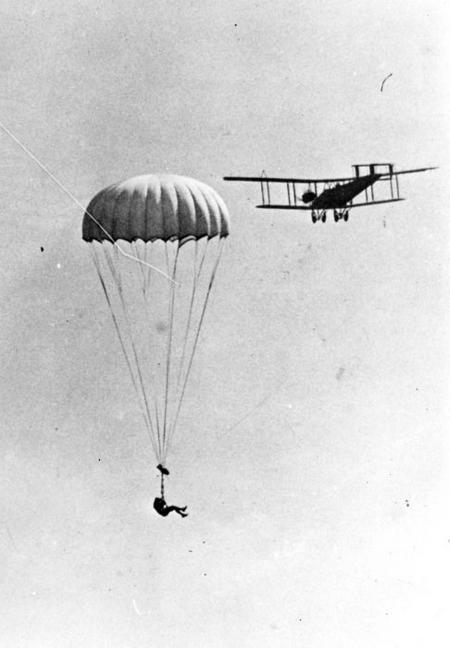Post-Expedition
Post-expedition, Orde-Lees returned to New England. Upon arriving home, he received a letter stating that, if necessary, his crew members would have eaten him first. Surprisingly, he still received a Polar Medal in silver for his role in the crew's overall survival. Why did he get the medal?
His role in the expedition was managing provisions – a critical task for overall survival. Their crew’s original goal was not achieved, yet their survival and perseverance while trapped in packed ice showed extraordinary survival skills.
" We were faced with starvation. For reasons unknown, disclosed to me some thirty years later, I was one first on their list to be chosen to give sustenance to my comrades, because I was in better health than any of the others. This is one of the drawbacks of Polar exploration."
- Excerpt from the diary of Thomas Orde-Lees
Orde-Lees returned to serving the military post-expedition. During the First World War, Orde-Lees served in the Balloon Service on the Western Front, sparking his fascination with parachutes. They fascinated him so much that, post-expedition, he joined the Royal Flying Corps as a pioneer in military parachute jumping. He was passionate about advocating for the use of parachutes in aviation. He tested them and promoted their adoption in military and civilian aviation. Once, Orde-Lees jumped off the top of Tower Bridge into the River Thames to convince the British Military of the usefulness of parachutes. Although it was just a stunt, his persuasion worked, and the Royal Flying Corps formed a parachute division with Orde-Lees in command. His efforts to incorporate parachutes into the military contributed to increased safety measures for pilots.
In the 1920s, Orde-Lees parachuting brought him to Japan. As a recruited British Naval Air Mission member, he taught techniques to the Japanese Air Force. Orde-Lees ended up staying in Japan, working as a Tokyo correspondent with the London Times Newspaper. He held that position for three years before being appointed assistant at the British Embassy in Tokyo, where he had a daughter with his first wife. After the death of his first wife, Orde-Lees married a local Japanese woman. He continued to reside in Tokyo, teaching English at the Peers School of Japan. Simultaneously, he read the local English newspaper on the Japanese radio.
When Japan entered World War II in 1941, Orde-Lees evacuated to New Zealand with his family. They settled in Wellington, New Zealand, where he began working as an office assistant at the New Zealand Correspondence School. He lived out the rest of his days here, passing away in a mental hospital in 1958. There was speculation about him being employed as a spy by the British government, but nothing came from it. In his final days, he worked on the 1955/58 Commonwealth Trans-Antarctic Expedition.
Conclusion
Thomas Orde-Lees was a complex man, living a life filled with adventure. Both celebrated and criticized, Orde-Lees accomplished great things in his lifetime. Although his expedition was unsuccessful and his crewmates weren’t the biggest fans of him, his legacy has lived on throughout history. Their expedition to Antarctica is one of the most famous survival stories, with much of the success dedicated to him and the role he played in the expedition. So, how can Orde-Lees be both celebrated and criticized? All of his quirks, strengths, and controversial elements are what shaped his life, with each quality adding a unique piece to this puzzle of imperial trans-Antarctic history.
Sources
Scott Polar Research Institute. “Thomas Hans Orde-Lees.” Shackleton Biographies, University of Cambridge, https://www.spri.cam.ac.uk/museum/shackleton/biographies/Orde-Lees,_Thomas_Hans/. Accessed 27 Nov. 2024.
Kotz, David. “Thomas Orde-Lees: A Tale of Polar Survival.” David Kotz, 20 May 2023, https://davidkotz.org/2023/05/20/thomas-orde-lees/. Accessed 27 Nov. 2024.
“Thomas Orde-Lees Biography.” Cool Antarctica, https://www.coolantarctica.com/Antarctica%20fact%20file/History/biography/orde-lees_thomas.php. Accessed 27 Nov. 2024.

